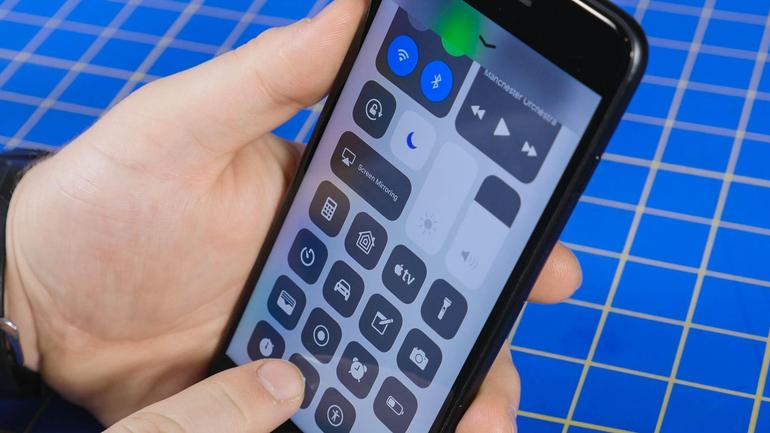

iOS 11.0.1 fixes the Microsoft email bug, which could have seriously hindered uptake of the iOS 11 upgrade.
Image: Jason Parker/CNET
A week after releasing iOS 11, Apple has given iPhone and iPad users iOS 11.0.1 to help them get up and running on Microsoft email services again.
After updating to iOS 11 some of Microsoft’s email users were having troubles sending email from Apple mobile devices.
iOS 11.0.1 will fix this. Apple explains in a support note that “until you update to iOS 11.0.1”, you might not be able to send email with an Outlook.com, Office 365, or an Exchange Server 2016 account running on Windows Server 2016.
When affected users attempt to send an email from an iOS 11 device, they would see the error “Cannot Send Mail. The message was rejected by the server”.
It’s the first stability-focused update since iOS 11, which brought major changes to the iPad, including the Files file manager and a new design dock, while the iPhone got a new look Control Center and a bunch of editing features for live photos in the Photos app.
Given the large number people who use Microsoft email services from an iPhone and the importance of Exchange for work, this bug had the potential to have a serious impact as the iOS 11 upgrade gets into full swing.
However, at present just under 25 percent of iOS users have upgraded from an older version to iOS 11, according to analytics firm Mixpanel.
Apple will update its iOS distribution figures in the next two weeks, offering an official snapshot of iOS 11 adoption. Currently, it shows that iOS 10 is running on 89 percent of Apple mobile devices.
The pace of iOS adoption will offer a reminder of how slow Android updates arrive. Android 8.0 Oreo was released in August, but as expected, is not widely adopted enough to appear on the Android version distribution chart, which shows that over half of the world’s two billion Android users are either on Android 5.0 Lollipop or Android 6.0 Marshmallow.
Last year’s Android 7.0 Nougat accounts for 15.8 percent of all Android users.
Google aims to reduce Android version fragmentation with Project Treble, promising faster updates in future for handsets that are sold this year with Android Oreo.

